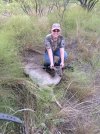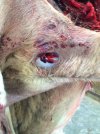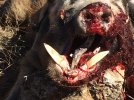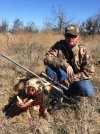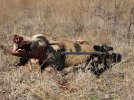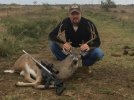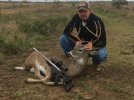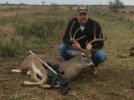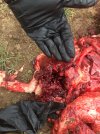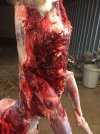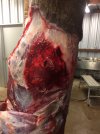djm670
Well-Known Member
You are exactly right about angles and less than ideal. Sometimes you don't get the ideal broadside at the perfect range in hunting. So I like to have a cartridge/bullet combination that has plenty of power to get the job done from any reasonable angle to the vitals. I read an old hunting story years ago about a guy that killed an African elephant with a .22 LR. In my mind just because a cartridge can kill something doesn't make it the best tool for the job. Use plenty of gun with a proper bullet and you'll be fine. Don't push the limits on the lowest velocity it will expand. Just because Hornady says it will expand at 1800 doesn't mean it's going to create a good wound channel, that's just the speed it will open up some.
Curious what bullets you were using on the pigs in the .243/6 mm or 6.5 caliber you were using? I believe either caliber with the correct bullet would handily do the job.
Either caliber in the heavier grain for caliber bullets have good sectional density and will penetrate fine if the correct bullet is used such that it doesn't fragment. While I have not shot any pigs, but having grown up on a Montana ranch, I have shot a number of elk and most with a .25-06 and some with a 6 mm Remington. Mostly one shot kills.

